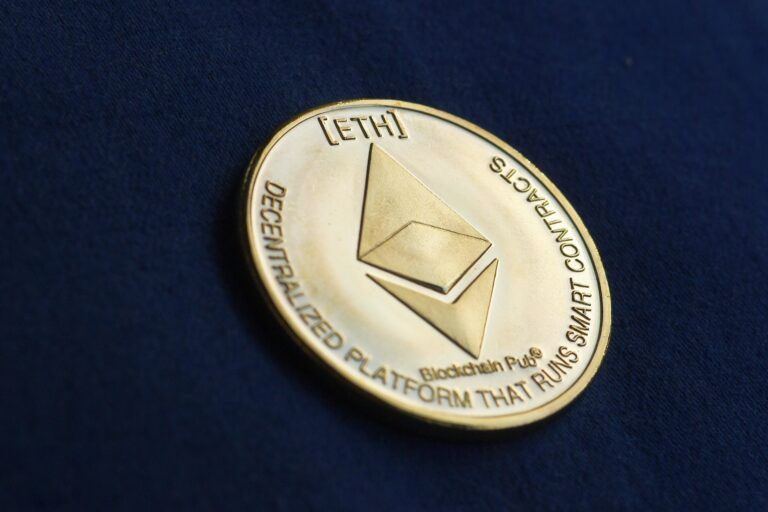According to Bloomberg, BlackRock’s USD Institutional Digital Liquidity Fund (BUIDL), which was launched on March 20, has seen an influx of over $240 million. This tokenized fund, issued on the Ethereum blockchain, offers investments in cash, US Treasury bills, and repurchase agreements, issuing a cryptocurrency token, BUIDL, valued at $1 per token to represent share ownership.
BlackRock enables token holders to transfer BUIDL within digital wallets approved by Securitize, its partner for this venture. This move is in line with BlackRock Chairman and CEO Larry Fink’s vision of a future where all financial assets are tokenized.
Carlos Domingo, the CEO of Securitize, outlined to Bloomberg three primary use cases for the tokenized fund. It targets crypto companies managing treasuries on blockchains, including decentralized autonomous organizations (DAOs), supports crypto projects in developing derivatives of Treasury bills, and offers an alternative to stablecoins for use as collateral in borrowing and trading. Domingo emphasizes the institutional nature of the fund, managed by the world’s largest asset manager, BlackRock, highlighting its security and absence of counterparty risk for crypto companies.
Bloomberg reports that crypto startup Ondo Finance has made a significant investment in BlackRock’s BUIDL, totaling $95 million. This places BlackRock’s fund in a growing field of tokenized money-market funds, which started with Franklin Templeton’s launch of the first US-registered tokenized fund in 2021. Unlike Franklin Templeton’s fund tokens, BENJI, which are not transferable between investors, BlackRock’s BUIDL tokens can be transferred between validated addresses, thanks to Securitize Markets’ regulatory compliance with the SEC and FINRA.
The use of the Ethereum network for the BlackRock fund comes at a time when the SEC has heightened its examination of Ether. Despite this scrutiny, Domingo separates the regulatory investigations from the blockchain infrastructure itself, praising Ethereum’s reliability and suitability for the fund’s operations.
Featured Image via Pixabay








